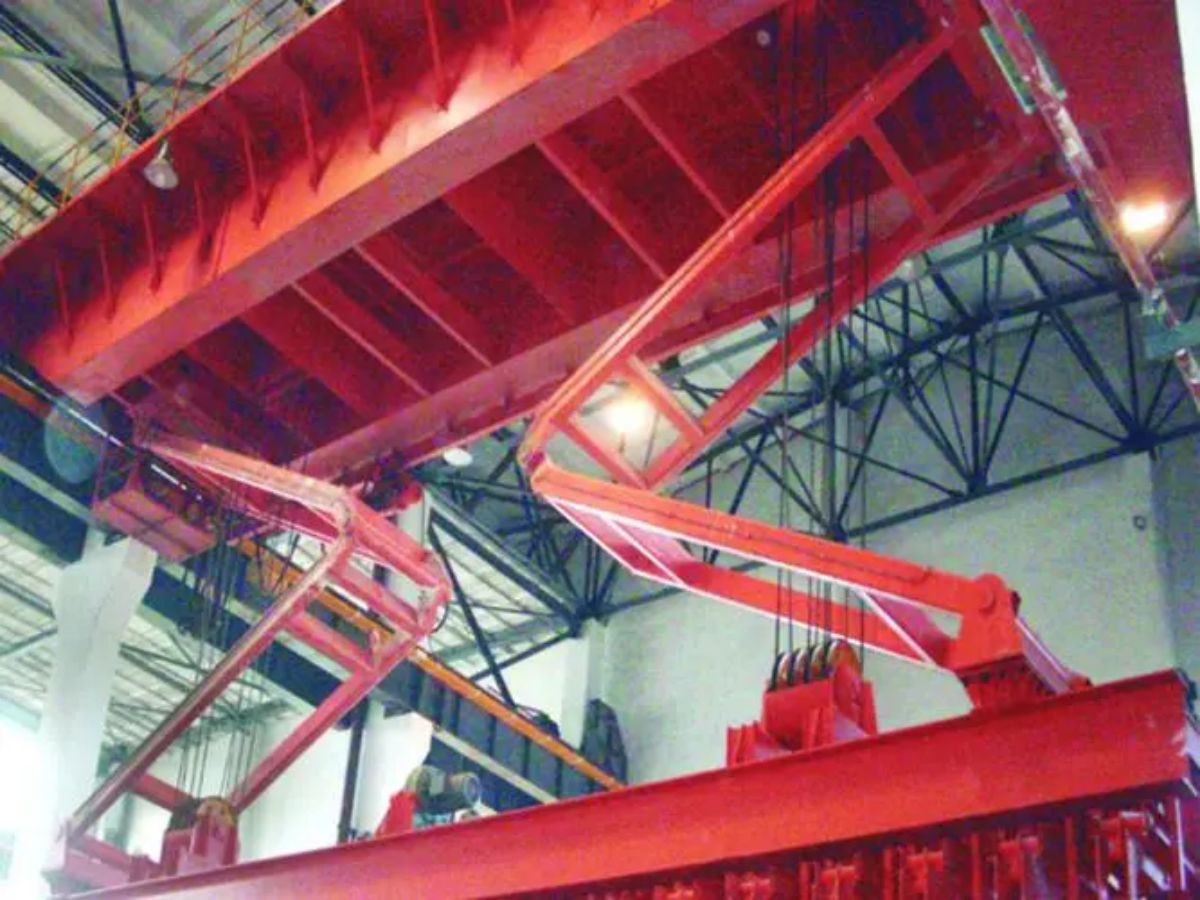The Efficiency and Versatility of an anode stacking crane
An anode stacking crane is a crucial piece of equipment used in various industrial applications. This specialized crane offers numerous advantages, including increased efficiency, improved safety, and enhanced productivity. In this article, we will explore the different aspects of anode stacking cranes and how they contribute to the success of industrial operations.
1. What is an Anode Stacking Crane?
An anode stacking crane is a heavy-duty crane specifically designed for handling anodes in industries such as aluminum smelting and electro-refining. It is used to stack anodes in precise formations to ensure optimal operation of the production process. These cranes are equipped with advanced lifting mechanisms and specialized attachments to handle anodes safely and efficiently.
2. The Importance of Anode Stacking in Industrial Applications
Anode stacking is a critical process in industries that rely on anodes for their production. Anodes are used in electrolytic processes to provide a source of positive charge, enabling the desired chemical reactions. Proper stacking of anodes ensures uniform current distribution, minimizing energy wastage and maximizing production efficiency.
3. Enhanced Efficiency and Productivity
The use of anode stacking cranes significantly improves efficiency and productivity in industrial applications. These cranes are designed to handle multiple anodes simultaneously, reducing the time required to complete the stacking process. The precise positioning capabilities of anode stacking cranes ensure accurate formation, eliminating the need for time-consuming adjustments.
4. Improved Safety Measures
Safety is a top priority in industrial operations, and anode stacking cranes contribute to creating a safer working environment. These cranes are equipped with advanced safety features such as overload protection systems, anti-sway technology, and emergency stop mechanisms. This reduces the risk of accidents and injuries associated with manual handling of anodes.
5. Cost-effectiveness and ROI
Investing in anode stacking cranes offers long-term cost-effectiveness and a high return on investment. By streamlining the anode stacking process, these cranes minimize downtime and increase production output. The reduction in manual labor and associated expenses also contributes to cost savings over time.
6. Customization for Specific Applications
Anode stacking cranes can be customized to suit the specific requirements of different industrial applications. Whether it is the size, weight, or shape of the anodes, these cranes can be tailored to handle various types of anodes effectively. This versatility makes them a valuable asset in industries with diverse anode stacking needs.
7. Integration with Automation Systems
Anode stacking cranes can be seamlessly integrated into automation systems, further enhancing the efficiency and productivity of industrial operations. By connecting the crane to a centralized control system, anodes can be stacked automatically based on predetermined parameters, reducing human error and increasing overall process control.
8. Durability and Longevity
Anode stacking cranes are built to withstand the demanding conditions of industrial environments. These cranes are constructed using high-quality materials and undergo rigorous testing to ensure durability and longevity. With proper maintenance and regular inspections, anode stacking cranes can provide reliable performance for many years.
9. Environmental Benefits
The use of anode stacking cranes contributes to environmental sustainability in industrial applications. By optimizing the anode stacking process, energy consumption is reduced, leading to lower carbon emissions. Additionally, the reduction in manual handling of anodes minimizes the risk of accidents and spills, further protecting the environment.
10. Future Innovations and Advancements
The field of anode stacking cranes is continuously evolving, with ongoing research and development efforts focused on improving their efficiency and capabilities. Advancements in automation, sensor technology, and artificial intelligence are expected to further enhance the performance of anode stacking cranes, making them even more indispensable in industrial applications.

